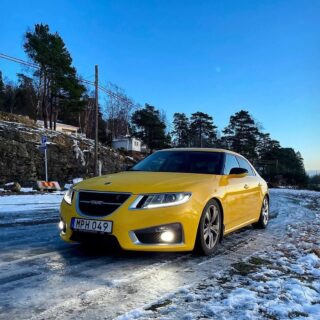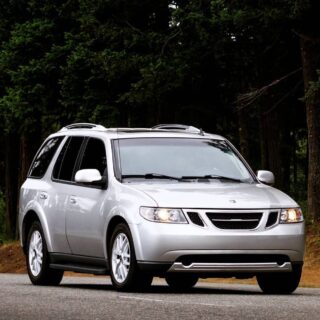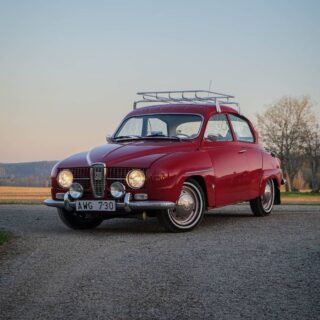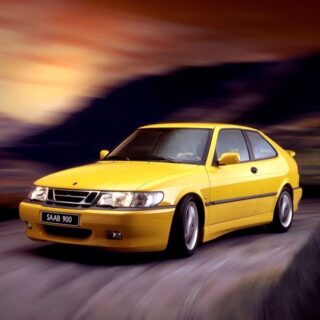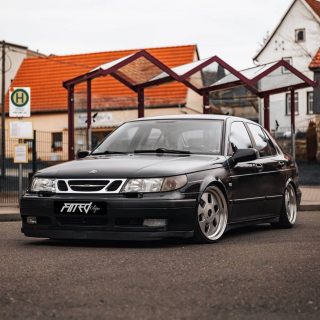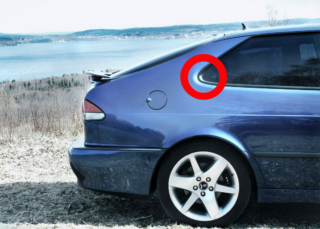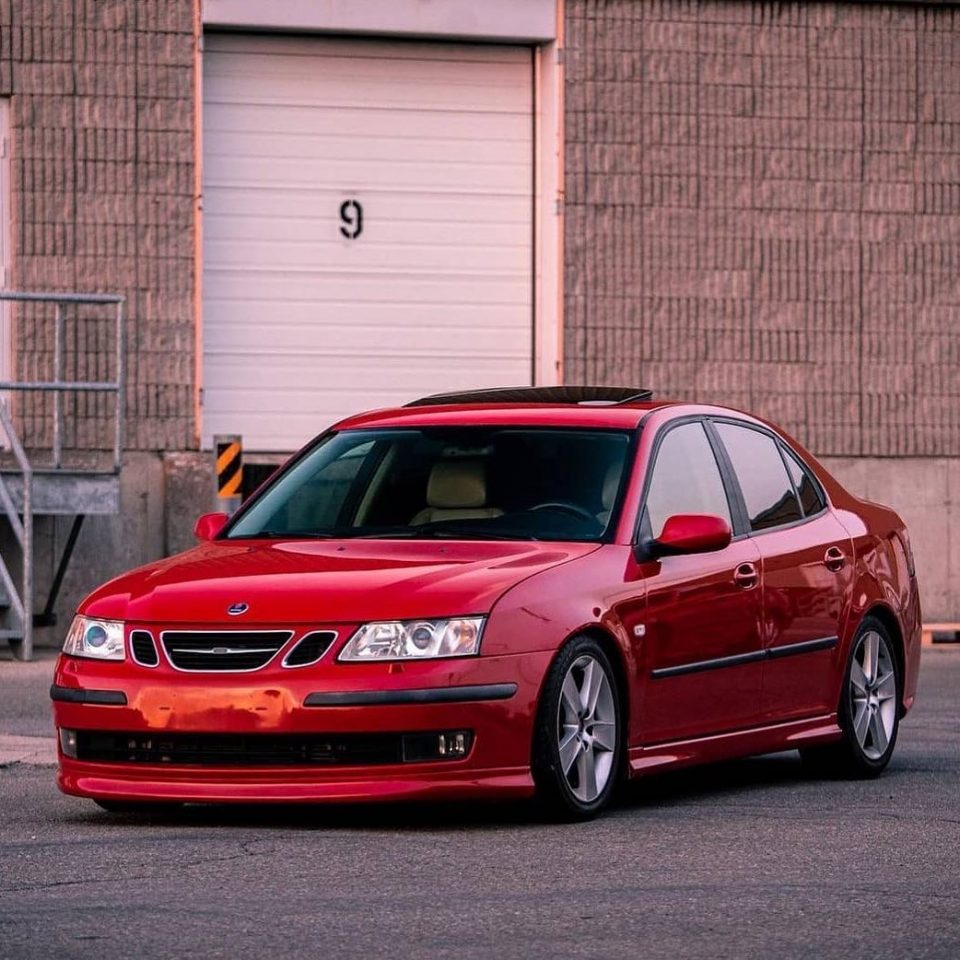
In 2002, the introduction of the second generation of the Saab 9-3 brings radical changes, especially on an aesthetic level. This car is easily recognizable thanks to interesting details such as the particular shape of the grille and the inevitable “Saab Hockey Stick“, which, as the name suggests, gives the C-pillar (the one where there are the side windows of the trunk) a shape similar to that of an ice hockey pole. The dimensions are 4,63 x 1,72 meters, and the weight varies from 1380 to 1590kg depending on the version chosen. The Saab 9-3 is one of the safest cars in its category: the resistant structure and the “Saab Active Head Restraints II” system have made it perfect for this vehicle to reach the maximum result in Euro NCAP crash tests. The engines are four-cylinder or V6, and in the 2002 range, they range from 150 to 210HP of power. In 2006, a powerful 2.8-liter 256HP engine also comes into play. The versions on sale in the 2008 facelift version can have 175, 180, or 200HP in the four-cylinder in-line engines, and 280HP in the only V6 version. In the 2008 facelift (pictured) the design receives an update which now has softer lines, and the new headlights use LED technology. In 2007, Saab launched the special “Anniversary” version to celebrate the 60th anniversary of the brand’s birth. The Anniversary has the top-of-the-range engine of the pre-facelift version (the 256HP one) and equips with racing leather seats and 17-inch wheels, and the interior has many wood inserts. Sold until 2014, the Saab 9-3 had to compete with cars of well-known brands, such as the BMW 3 Series, the Volvo S60, and the Mercedes C-Class. This was also one of the reasons for the limited commercial success of the Saab 9-3.
_________________________________________
📷 @peterp._
_________________________________________
🏎️ Saab 9-3 II Facelift 2007
📍 Sweden
🛠️ 1.8t BioPower 265NM 175HP
💨 8,4 seconds
🔝 210km/h
💶 No longer on sale
_________________________________________
Our vote: ⭐⭐⭐⭐️ (4/5)
